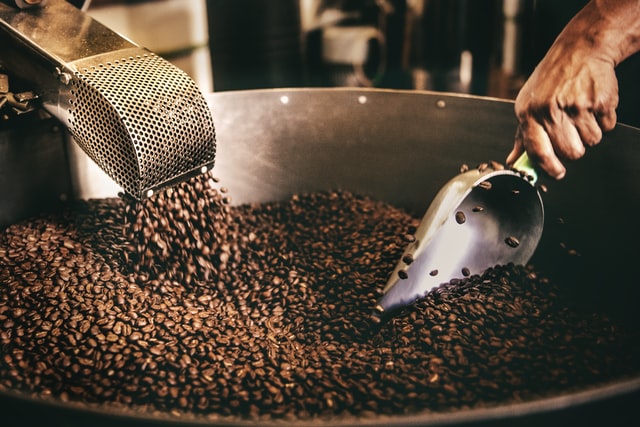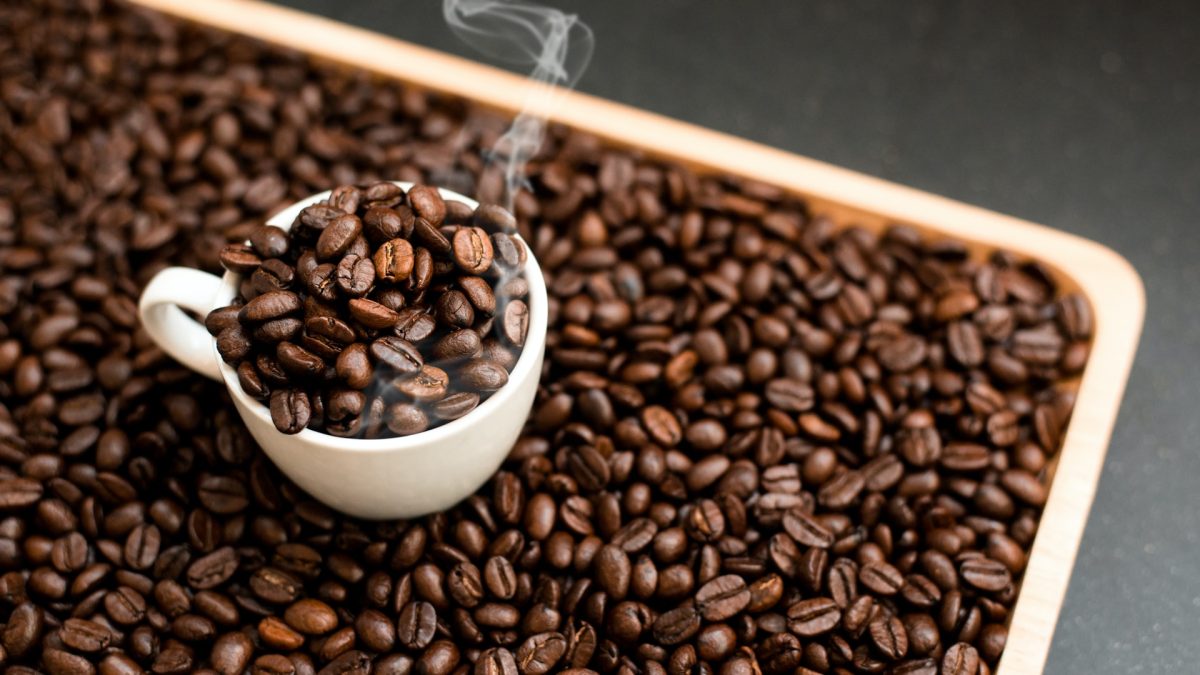The art of roasting coffee
A simple guide
Roasting coffee is a form of art that truly bring out the deep, soothing flavours that we all crave. The best coffee in the world usually acquires that title because they are carefully roasted into releasing the best notes and aromas. Here’s how the magic works.

Methods of Roasting
There are two common methods of roasting the beans: the drum roasting method and the hot-air roasting method. When compared to Hot Air roasting, Drum Roasting is normally done on a lesser scale. Small batches of coffee are exposed to a temperature of 230 degrees for around 12 minutes. Hot air roasting, also known as industrial roasting, is the method used in coffee factories all over the world; a large batch of beans is exposed to extremely high temperatures for about three minutes.
Light Roast
The ‘first crack,’ which is a popping sound created when each bean expands, occurs when coffee beans are roasted to 205 degrees. They have the strongest acidic flavours and have a toasted grain flavour. In comparison to the other varietals, they also tend to retain a higher level of caffeine.
Medium Roast
The medium roasts get heated a bit more than the light ones so that their internal temperature is somewhere between 210 and 220 degrees. This means the beans are heated until the end of the first crack and taken off the heat before the second; bringing out a nutty, malty taste. Companies like Damn Fine Coffee produce excellent medium roast brews.
Dark Roast
Dark roasts have a shining layer of oil on their surface, and if you ever take a cup of dark roast coffee, you will notice this layer of oil. They are heated until their internal temperature reaches 240 degrees, but never more than 250 degrees, near the conclusion of the second crack. After 250 degrees, the beans become thinner, bitter, and practically taste like charcoal as all of the oil rises to the surface.
Related posts
Archives
Categories
- Appetizers (54)
- Arab (50)
- Bars (61)
- Burmese (6)
- Café (46)
- Casual Dining (83)
- Chinese (37)
- Coffee House (43)
- Desserts (73)
- Destination Dining (448)
- Diner (64)
- Family Restaurants (123)
- Fast Food (111)
- Fine Dining (571)
- Food Facts (283)
- Healthy Food (164)
- Hong Kong (10)
- Indonesian (15)
- Italian (4)
- Japanese (18)
- Main Dishes (100)
- Maldivian (87)
- Miscellaneous (10)
- Miscellaneous Topics (402)
- Palate (81)
- Recipes (143)
- Restaurants (262)
- Sea Food (145)
- Singaporean (39)
- Sri Lankan (71)
- Steaks & Grill (98)
- Street Food Stalls (185)
- Thai (99)
- Types of Cuisines (179)
- Vegan (72)
- Vegetarian (18)
- Vegeterian (48)
- Vietnamese (22)
- Western (12)

